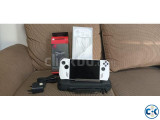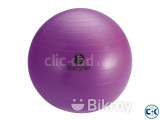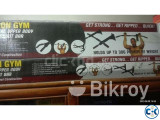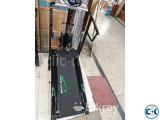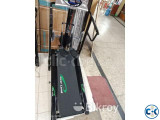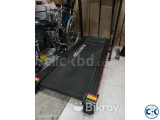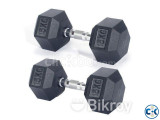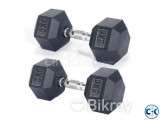My ClickBD
Brand new
RUBIK’S CUBE
Lowest price in Bangladesh:
Highlights
- New/Used: New
- Type: Sports
- Name of sport: etc
Seller info
Sold by:
M Haq
Member since:
09 May 2016
Location:
Chittagong
Safety tips:
Don’t pay in advance
Meet in a safe & public place
Meet in a safe & public place
Description
DESCRIPTION for RUBIK’S CUBE price in Bangladesh
|
Rubik’s Cube The world’s most perfect and addictive puzzle Invented back in the 70s Comes with a hint and game suggestion book Dimensions: 3x3x3 Rubik’s Cube Have you ever played with a Rubik’s Cube? Rubik’s Cube is a three dimensional puzzle invented in 1974 by Hungarian sculptor and professor of architecture Erno Rubik. As of January 2009, 350 million cubes had been sold worldwide, making it the world’s top-selling puzzle game. It is widely considered to be the world’s best-selling toy. In a classic Rubik’s Cube, each of the six faces is covered by nine stickers, each of one of six solid colours (traditionally white, red, blue, orange, green, and yellow). A pivot mechanism enables each face to turn independently, thus mixing up the colours. For the puzzle to be solved, each face must be returned to consisting of one colour. Similar puzzles have now been produced with various numbers of stickers, not all of them by Rubik. The Rubik’s Cube has long been touted by scientists as a phenomenal brain-training game. It’s primary effect on the brain is developing and improving Spatial Intelligence. Spatial intelligence is the ability to comprehend three-dimensional images and shapes. This is a primary function of the right side of the brain and is used when solving puzzles, figuring out maps and taking part in any type of construction or engineering project. While spatial intelligence usually involves vision it also incorporates abstract and analytical abilities that go beyond merely seeing images. Recognizing the image, knowing its relationship to other surrounding objects and displaying the organizational structure of a thought are all involved in spatial intelligence. Spatial intelligence is also referred to as “visual thinking”. A good example of visual thinking is when someone is hiking and has a compass and map. Though there is no physical path laid out the hiker will use the tools to visualize a mental path using the maps and compass to derive the best route through woods. Training and improving your spatial intelligence can help improve many areas of your brain including memory, cognitive ability and thinking. People who can visualize solutions or patterns to solving a problem have a distinct edge over people who have to have everything laid out before they can try to find a solution. Research shows that Spatial Intelligence is often fully or partially lost and/or damaged following brain injury. Brain scientists have determined that playing brain games, such as the Rubik’s cube, can increase cognitive function by up to sixty person following brain injury. Research now shows that the Rubik’s cube may prove to be too challenging for brain injury patients. Studies have shown that playing with a Digital Rubik’s Cube is actually more beneficial than playing with the standard cube toy. In cases of brain injury, the Digital Rubik’s Cube is highly suggested. The bottom line is that simple game exercises such as the Rubik’s Cube are tried, tested and true. They are a simple and fun way of keeping your brain healthy. For more details and similar products please visit www.tajscientific.com |


